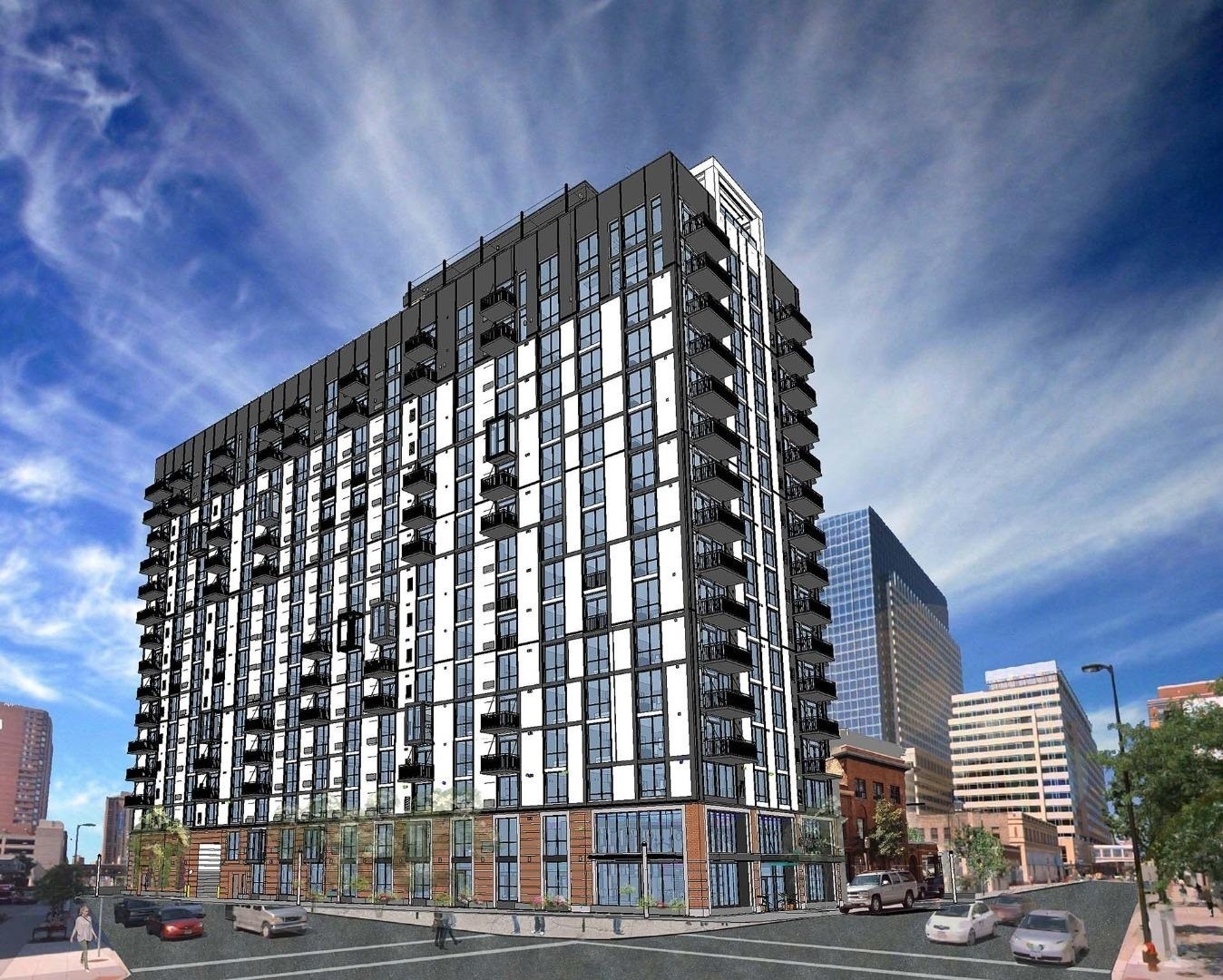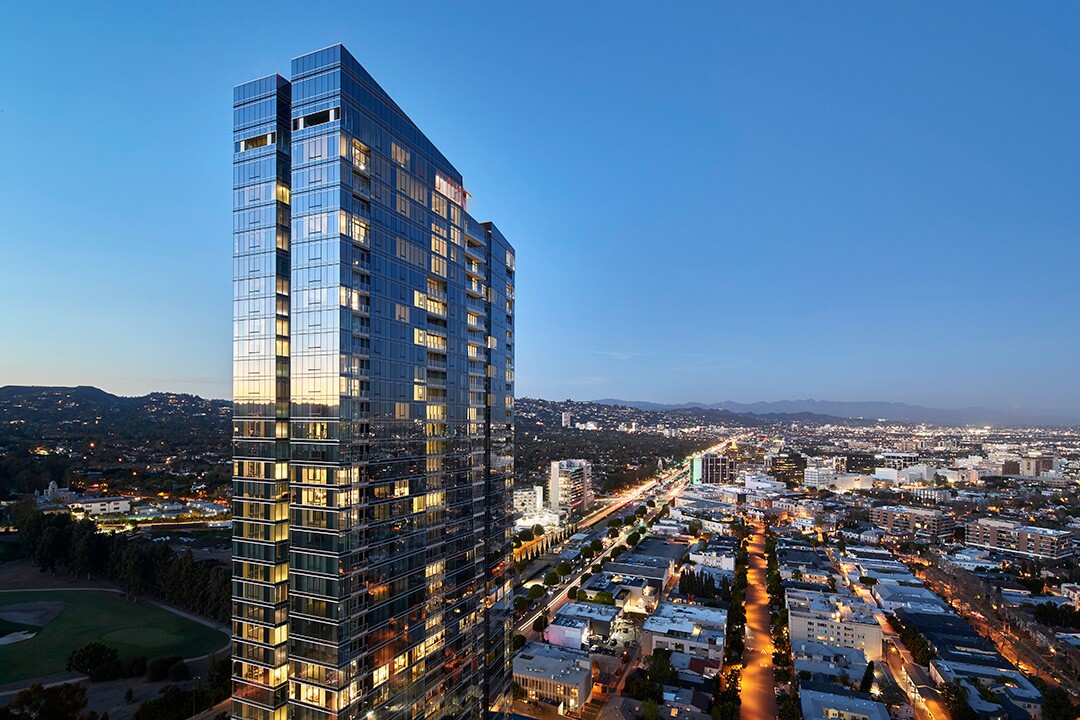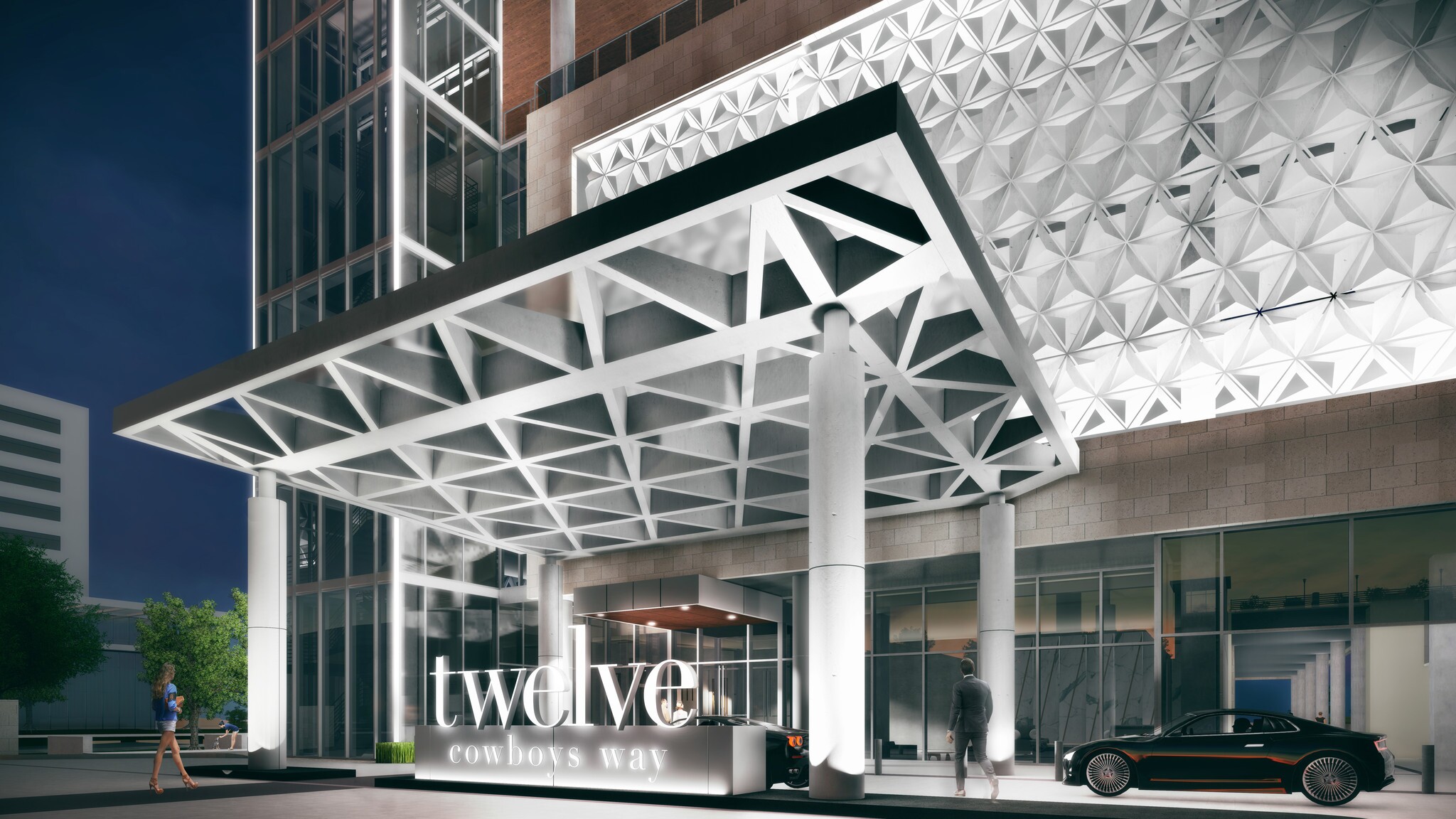Apartment developers are experimenting with new and niche styles, amenities and features to keep project pipelines flowing and new buildings filled with renters, almost a decade into a national economic expansion that propelled the U.S. multifamily market to new heights.
Some developers are doubling down on luxury amenities in large floor plans, while others are emulating the so-called sharing economy with "micro" units built around shared living spaces. Some seek to create quiet getaways, and some meld their projects into larger mixed-use entertainment districts, increasingly tied to professional sports venues, or put them closer to public transit.
Based on input from CoStar analysts nationwide, and in no particular order, here are five apartment projects showing how developers are aiming to serve diverse customer priorities, while dealing with rising costs and other factors challenging their ability to get affordable new housing built.
Dwell at 2nd Street, Philadelphia (Developer: Klein Company)
Developer Klein Co. is betting on the prefab movement to help control costs at its newest project, a 320-unit complex (shown above) in Philadelphia’s emerging Olde Kensington neighborhood. Most of its apartments will be built from modular units prefabricated off-site, according to the developer.
Business consulting firm McKinsey & Co. reports that modular construction in the United States has accelerated project completion timeliness by 20 to 50%, while reducing construction costs by 20% or more. The practice is still relatively uncommon in the apartment industry but could soon show up more often in some markets.
"Philadelphia has some of the highest construction costs of any major U.S. market, and the modular approach is being used to expedite construction time and lower development costs," said Adrian Ponsen, a Philadelphia-based director of analytics for CoStar Group. "You’ll see more projects like these as developers look for innovative ways to maintain their returns in the face of rising construction costs over the long term."
Little has been announced about amenities at the site, which is scheduled to be completed in early 2020.

CitySpaces 500 Kirkham, Oakland, California (Developer: Panoramic Interests)
Higher-density, transit-friendly projects have steadily gained traction in major cities. CitySpaces takes the trend further. Tiny units help to create this massive 1,032-unit "micro-pad" apartment community on three acres in Oakland, California, by Panoramic Interests. The developer’s website notes that its trademarked MicroPad concept is a 160-square-foot, self-contained dwelling with a private bathroom and kitchenette.
The project, which is currently in entitlement phases, is designed to include three buildings made of steel modular units constructed off-site and assembled in place. Plans call for 59 parking spaces to be devoted to car-share services like Zipcar, and the development is adjacent to West Oakland BART station.
Units are stacked to create buildings up to 12 stories tall.

City Club Apartments, Minneapolis (Developer: City Club Apartments LLC)
City Club Apartments in Minneapolis provide an opportunity for residents to stay on the property and grow their accommodations as their financial or life situations change over time, offering a mini-pad for single residents and larger units for growing families.
Set for completion next month, the project is expected to bring the micro-unit concept to a downtown setting, targeting recent college graduates and other young renters. The site comprises 307 units, with about half of those measuring 407 square feet or less. The smallest units are around 360 square feet.
Notably, the complex is designed to have 100 units with one and two bedrooms to accommodate tenants who might eventually want to move beyond the base-sized unit to more roomy accommodations, said Michael Roessle, director of market analytics CoStar Group in Minneapolis.
The project is designed to have 24-hour amenities including a fitness center, conference and business center, and concierge services, outdoor pool, indoor and outdoor theaters and on-site restaurant.
There will be no parking, as many young renters in the urban core don’t own a car and prefer biking and ride-sharing to get to work at several large nearby employers.

Ten Thousand, Los Angeles (Developer: Crescent Heights)
From robot butlers to dog spas, the ultimate in luxury amenities are showcased at this Los Angeles apartment high-rise, which could influence other nearby developers to compete more lavishly for the same high-spending customers.
Opened in 2017 and a potential tone-setter for future surrounding projects, this 40-story tower has drawn national media attention as an example of ultra-high luxury, in a city that has no shortage of conspicuously posh housing arrangements. Located on the border of L.A.’s Century City and the city of Beverly Hills, it has two-bedroom units going for between $10,000 and $30,000 per month, with some penthouses going for double that higher-end figure.
Other developers with similar clientele could be looking to keep up with high-touch services that have included on-site space for botox treatments. The developer’s website points to features including a dog spa, a cold-storage package delivery facility for perishable items and a robot butler named Charley that delivers mini-bar items to residents.

Twelve Cowboys Way, Frisco, Texas (Developer: Columbus Realty Partners)
Renters can live, work and play all on the same property in this Texas development, with "play" in this instance referencing the growing trend of professional sports teams entering the commercial development arena to interact with fans well beyond game times.
Among the latest examples of teams getting into the field of apartment and mixed-use development near their facilities, this 17-story luxury tower is scheduled to open in 2020 next to the suburban headquarters of the National Football League’s Dallas Cowboys.
The project is spearheaded by a group that includes the Cowboys’ Hall-of-Fame former quarterback Roger Staubach, former Cowboys player Robert Shaw and current Cowboys owner Jerry Jones. With rents expected to begin at $2,700 per month, it’s been billed as the first luxury development catering to those Cowboys football diehards, with amenities including exclusive access to certain team facilities.
www.omegare.com

No comments:
Post a Comment
Note: Only a member of this blog may post a comment.